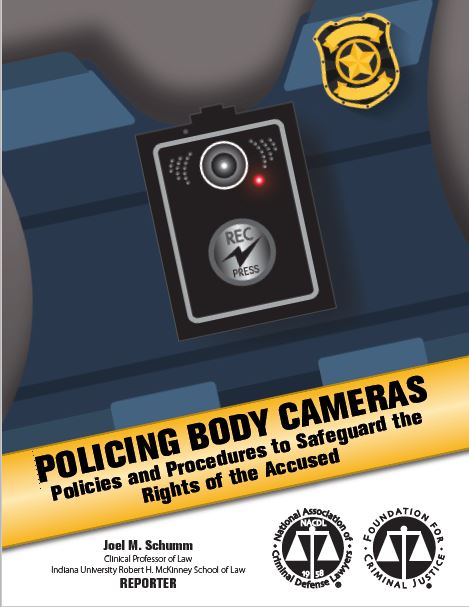In View: The Impact of BWCs from a Defense Attorney's Perspective
In the era of Law & Order, NCIS, Criminal Minds, and other television crime dramas, the public now expects clear and compelling recordings that document the commission of an alleged crime. At a minimum, they expect to see recordings of the arrival of the police on the scene and footage of the person charged with committing the crime. Body-worn camera (BWC) recordings dwell at the intersection of television drama and real life. But despite the popular imagination, BWC footage is not always the end-all and be-all of a case.

